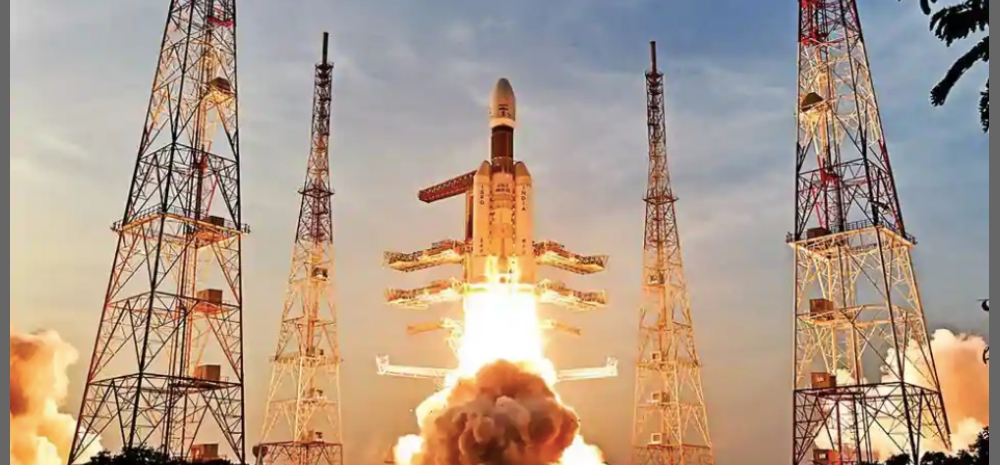After Mars, ISRO to Set a Date with Venus, Sun; 7 InterPlanetary Missions Planned For Space Exploration

ISRO wants to reach Venus, Sun after Mars
If you thought that the Lok Sabha elections, 2019 is the biggest event marking this year, then you are missing out on almost half of the fun. Let us take you to ISRO. It is amongst the most looked forward missions of 2019: Chandrayan-2, India’s lunar mission is all set for a July Launch, featuring India’s most powerful rocket, GSLV Mk 3.
But, the catch here is that Chandrayan-2 is not just the only mission tangling in the stores of ISRO. India has planned 7 missions in the next 10 years, including a visit to Venus in 2023, which is the current highlight here.
ISRO’S 7 Expeditions Including Venus
Six years after landing on Mars, ISRO has decided to step on Venus on 2023. Venus and Earth share similarities in mass, size, composition, density and gravity. K Sivan, Chairman of ISRO, reported that the agency is working on 7 interplanetary missions for the next decade. The whole set include:
- Chandrayan-2, the mission to moon on July 2019
- Exposat Planetary exploration, to study cosmic radiations in 2020
- Aditya L1, to the sun in 2021
- Mars Orbiter Mission-2 in 2022
- Mission to Venus on 2023
- Chandrayaan 3 or Lunar Polar Exploration, in 2024
- Exoworlds, an exploration outside the solar systems, in 2028
Because you are a SpaceHead!
- The spacecraft to Venus will lift off more than 20 payloads, from around the world. Venus is Earth’s ‘twin sister’. Thus, the mission will focus majorly on its surface and sub-surface, the make-up of the atmospheric chemistry and its interactions with solar radiations.
- Aditya L1, or the Sun mission, will be studying the solar corona closely, as it has a major influence on earth’s upper atmosphere, playing a significant role in earth’s climate change; so that they can understand and predict climate changes.
- The spacecraft will be placed in a ‘liberation orbit’, about 1.5 million km from Earth, positioned strategically so that the gravity of earth and sun is equilized.
- The Exposat mission will be a 5 year mission, carrying an instrument made by an India scientist to measure cosmic radiations. The spacecraft will be placed in a 500-700km circular orbit.
- Speaking of the most anticipated mission of 2019, Chandrayaan-2, with India’s most powerful rocket – GSLV Mk 3, will carry the orbitor, lander and rover, which will be flight ready by the end of May 2019. The launch will have to wait until the 2nd or 3rd week of July due to an eclipse. This mission has starry eyes for all the scientists working on it because they are landing near the South Pole of the moon, a place where no one has ever stepped.
With such exciting events fore coming, there ‘is a gigantic timeline of missions in just a decade’s time, which depicts with a strong intensity of how good and vigorous space organisations perform, especially when it comes to ISRO.

[…] a b c Malvika Gurung (20 May 2019). “After Mars, ISRO to Set a Date with Venus”. Trak.in. Retrieved 10 March […]